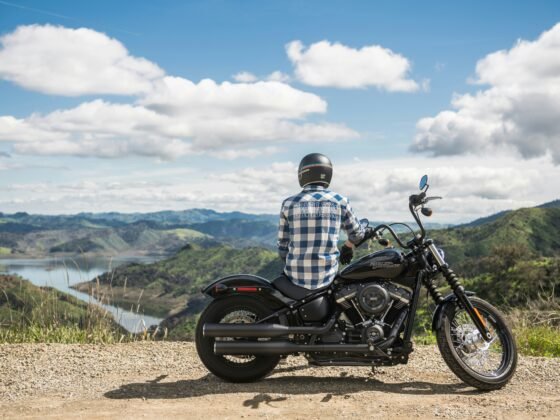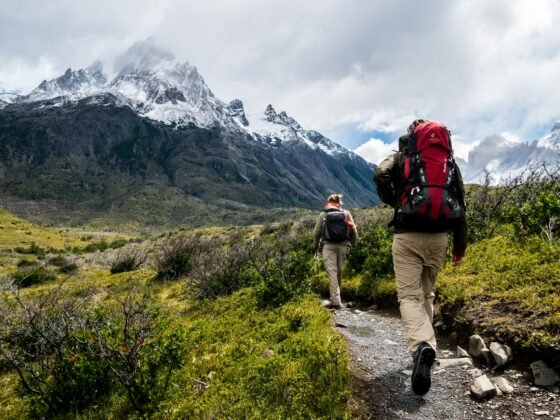
Caves are beautiful works of nature that offer a sneak peek into the depths of the Earth. That is why it is no wonder why thrill-seekers love to explore them! Masses of caves can be accessed across the globe, from the spectacular Glow Worm Caves in Queensland to the stunning Lechuguilla Cave in the United States. There is just something so appealing and mysterious about going into an unknown world. Just check out these seven crazy caving experiences!
This irresistible exploration of caves has a name, and it is called spelunking. Other times, it is known as caving. However, spelunking is easier said than done. There’s a lot of physical activity that comes with cave exploration: crawling tight spaces, climbing steep surfaces, hiking and rappelling, and in some cases, swimming unknown waters. Undoubtedly, spelunking has some involved risks and dangers, especially for first-timers.
Nevertheless, spelunking is an adventure that can still be safe. Before anyone books that plane ticket or car ride, it pays to come prepared. Check out the things to know, along with tips every adrenaline-junkie should see before going spelunking!
Do some background research on the cave.
When planning a trip, it’s almost standard procedure to have a background on the chosen destination. The same goes for spelunking. Caves have different characteristics, which is an essential part of caving. These characteristics will affect the level of danger and difficulty for exploration. For example, you’ll want to find out if they have any confined spaces you’ll need to fit through and do some research into ‘what is a confined space‘ as if you get stuck and need to be rescued knowing what kind of environment you’re in will change who they send in to rescue you.
Start by knowing the main cave types: solution caves, talus caves, ice caves, and volcanic caves. Solution caves are ideal for beginners. It is also the most common cave type. Moreover, caves that are popular with tourists are highly likely to have experienced local tour guides.
Some local government or cave associations also require permits in some caves. These are all in place to protect visitors and the cave. Getting one is also an opportunity for them to learn more about the cave.
Get in shape.
Caves have dangerous terrains. One wrong move can result in serious injuries. Additionally, explorers must know their strength and stamina so they can properly gauge how far they can go and when to go back. Some caves are sophisticated and require almost all kinds of physical activity, from walking to swimming. No matter what the cave is, spelunking relies heavily on physical skills.
However, that doesn’t mean they have to stay within their physical capabilities. Explorers can prepare themselves by getting in shape beforehand to build their strength and improve their skills. Check Total Shape out for tips and routines to achieve those spelunking body goals! Everything one needs to know about diet and fitness plans is already there.
Wear the proper attire.
Since there are numerous physical activities involved in spelunking, it is vital to wear the appropriate attire. Proper clothing helps protect against the outdoors and the conditions in the cave. It can be muddy, dry, or wet in a cave. In some cases, it is all three.
Choose clothing that covers the whole body to avoid getting bruises or scratches. Furthermore, wear sturdy shoes that provide a mighty grip because some caves are slippery. Shoes with good traction decrease the chances of slipping. If possible, get knee and elbow pads. There will be a lot of tight spaces where crawling is unavoidable. Bring extra clothing also. It can get chilly inside a cave.
Moreover, bring gloves and, as much as possible, do not touch the cave walls. The oils from human hands can bring harm to the natural ecosystem. Remember, anything from the outside can affect the cave, so be a responsible explorer. Wear a helmet as well to protect your head.
Check this out for more information on what to eat to get lean and fit so that your body is ready to rock the perfect outfit.
Bring the appropriate gear.
Clothes can only do so much. To further safety, bring the proper gear also. Expect that darkness is inevitable, so bring a flashlight and extra batteries. Having a backup is even better. Oftentimes, the only light source of caves is the entrance, which minimizes as the cave goes deeper. Additionally, bring a first aid kit and a compass or any GPS device.
Above all, make sure that everything is reliable. That is crucial. Wearing all the proper gear is useless if it cannot do what it’s supposed to do. Double-check the condition of everything before going spelunking.
Have a Safe Spelunking Trip!
These are just some of the many things one needs to know before going spelunking. The most important thing of all is to always go with someone with experience. Never go spelunking alone also. Other people must be present to assist and get help in case there is an injury. Enjoy spelunking!











